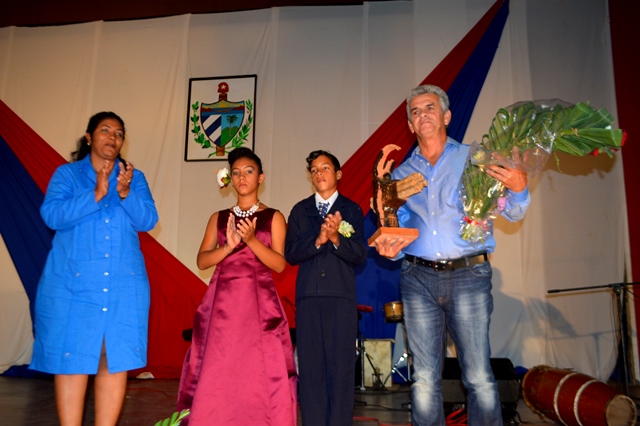
The ancient village of Trinidad treasures a great deal of traditions that support its status as World Heritage Site for almost 30 years now
If traditions disappear, Trinidad will vanish off the face of the earth as well. In addition to the architecture and the dream-like landscapes that can be glimpsed from the towers of ancient mills, this village located in south central Cuba treasures a great deal of popular culture interwoven with slave folklore, trova music, popular festivities, linen and pottery works, and other handicrafts that support its status as World Heritage Site for almost 30 years now.
So, defending the inherited wealth is a must for local residents in order to safeguard the fortune of being a gift from heaven. Such words were said in the solemn session of the Municipal Assembly of the People’s Power, held this Sunday as a preamble for the Week of Culture celebration.
In the ceremony, the Unique Prize for the Arts —the highest award given by the third village founded in Cuba to recognize its illustrious children— was granted to Gilberto Benítez Iborra, current director of the restoration team of the city, to acknowledge his work in the restoration of the so-called City Museum of the Caribbean.
On the other hand, the Cuban Fund of Cultural Assets awarded Maura del Carmen Pineda Lara the Life’s Work Prize for her work in the preservation of needlework.
Tania Gutiérrez Fontanil, president of the Municipal Assembly of People’s Power, evoked the figure of Commander in Chief Fidel Castro as the main defender of Cuban culture, and his enduring example of how traditions can become a bulwark to defend the Revolution.
 Escambray ENGLISH EDITION
Escambray ENGLISH EDITION





Escambray reserves the right to publish comments.